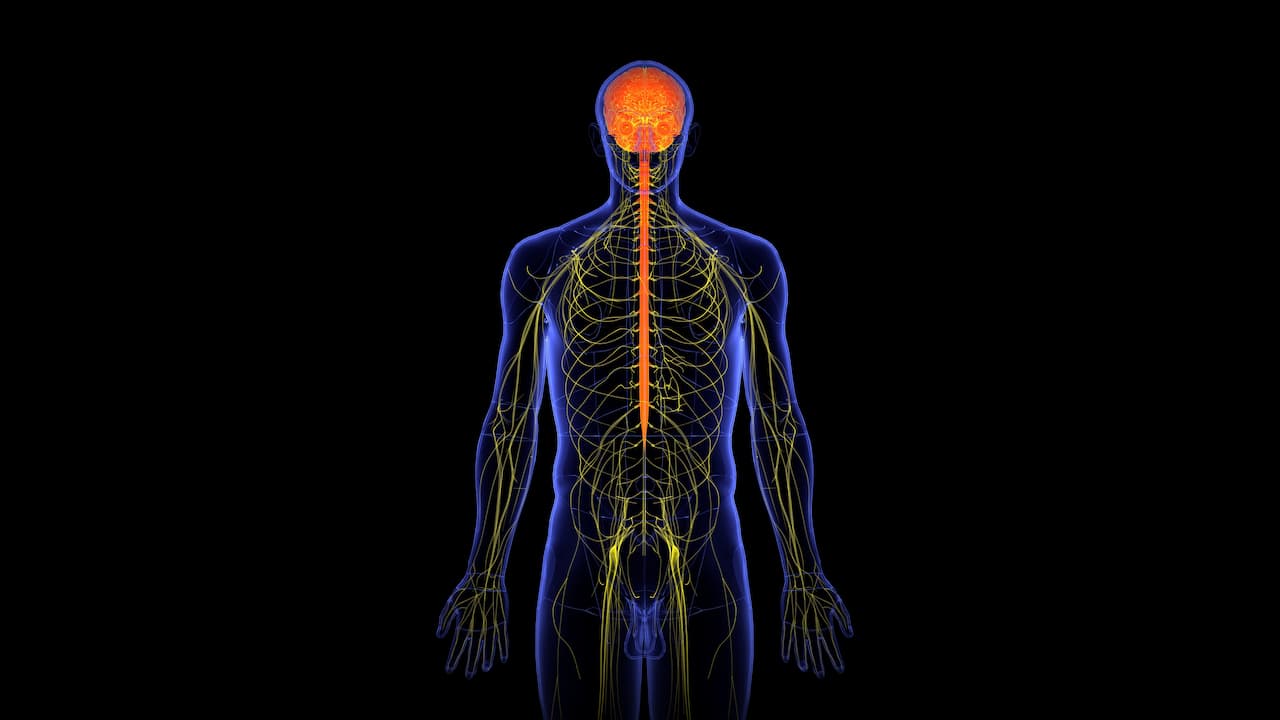PNS
Your body’s nervous system is made up of your brain, spinal cord, and peripheral nerves. The peripheral nerves are the nerves that extend beyond your brain and spinal cord to your organs and extremities – all the way to your fingertips and toes. Peripheral by definition means “on the edge” or “outer part” of something.
Frequently Asked Questions
Peripheral Nerve Stimulation (PNS) is an FDA-cleared non-opioid pain management system used to treat chronic and acute pain. PNS involves a tiny implant – a wire about the thickness of a human hair or a group of electrodes about the size of a standard paperclip – that delivers electrical impulses, similar to a pacemaker, to the nerve.
Nerve stimulation is performed in a two-step process. First there is a temporary trial electrode. This is left in place for a week or so, so that the patient may determine if peripheral nerve stimulation is helpful. In the event that the stimulator does not help, it is removed. If it does help, the temporary electrode is replaced with a permanent electrode that is then connected to an internal battery pack, similar to a pacemaker battery. Once in place, the patient may then resume normal activities of daily living, including swimming, exercise, and work.
Most peripheral nerve stimulation procedures are performed as an outpatient basis with a local anesthetic. Significant postoperative pain and complications are rare but can occur.
In appropriate candidates, PNS is covered by Medicare and the majority of private insurance companies.
The PNS device is implanted by an Interventional Pain physician who has been specifically trained to perform the procedure. The implantation is conducted as an outpatient procedure that takes less than an hour. Your Interventional Pain physician will use local anesthetic on your skin and make a small incision or use a small needle to insert the device wire under your skin near the targeted nerve.
PNS differs from other electrical stimulation systems, such as SCS and TENS units.
Spinal cord stimulation delivers electrical impulses to the spinal cord versus directly to the peripheral nerve.
Transcutaneous electrical nerve stimulation (TENS) delivers stimulation by using pads placed on the skin over painful parts of the body. There is no implant.
PNS can treat pain from head to toe, including these conditions:
- Complex regional pain syndrome (CRPS, RSD)
- Foot pain
- Headache disorders, including episodic cluster headache, chronic migraine, occipital neuralgia
- Ilioinguinal neuralgia (lower abdomen and upper thigh)
- Intercostal neuralgia (pain in chest wall and upper trunk)
- Lateral femoral cutaneous neuropathy (pain in outer thigh)
- Lower back pain
- Neck pain
- Pain following hernia surgery or knee surgery
- Painful nerve injuries
- Post-amputation (stump) pain or phantom limb pain
- Postherpetic neuralgia (burning pain caused by shingles)
- Post-thoracotomy syndrome (pain persists along thoracotomy incision)
- Trigeminal neuralgia (pain in the face)

